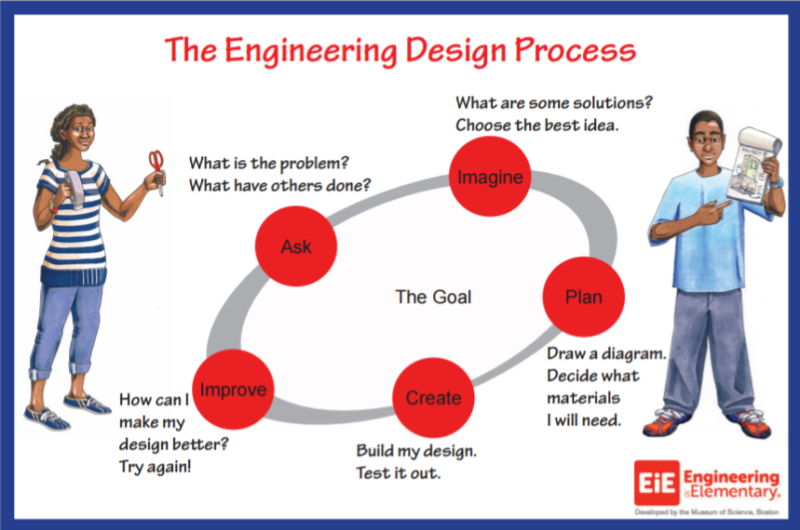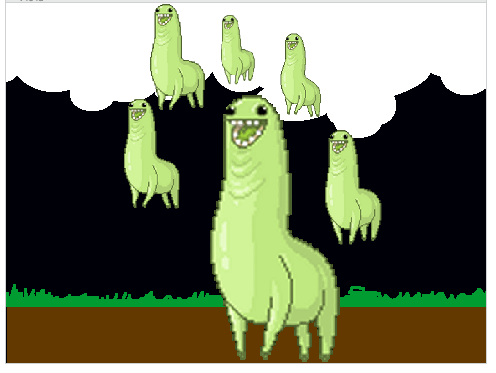This week I will become the “project manager” for some 30 Scratch projects between my two Code Clubs. It is Design Review week and the students will meet with me to go over their Game/Project Design Document before beginning to code their own projects to share at our Showcase for parents at the end of the term.
Last time we met I handed out the GDD (Game Design Document) for them to work on and complete before I meet with them for the design review process this week.
I’ve updated the GDD again. (It is a work in progress). This time I’ve added the EiE diagram of the Engineering Design Process to the front page and used language to support this process idea within. We use EiE curriculum in school, in our Hypertherm Hope grant supported after school clubs and summer Title I engineering camps. Many students have seen this before.

In the “Ask” phase I explained that they would have an opportunity to make their own Scratch project and opened it up for their many questions. We also spent some time looking at past 5 Code Club Showcase projects to see what others have done. (I really hope the llamas don’t get remixed again this time around. They are hilarious the first time you watch, but… well, even the students were tired of them by the end)

I also gave them some time to “Imagine” and sent the “Plan” GDD home with them. Some were quick to come up with their ideas and completed the GDD before Code Club ended. There will be some time this week while I meet with the groups to work on their “Plan”.
Once the “Plan” is approved it is time to “Create” then test and “Improve”.

Also new to the GDD is the Team Member Jobs plan. – I am letting them pick a partner of their choice (this is a club, not school) but I’ve found it is often ambiguous who will work on what part. I’m hoping this part of the GDD will help me help them get work done.
Cute story: One of my high school volunteers came to me, concerned, with a question about the “working with a partner” option. A code club member had asked him, the high schooler, to be his partner. So I had to specify to the nine year old, “You can work together with any other code club member, but the high school volunteers will be helping everyone and can’t be your partner.”
















